I Demanded Compensation for My Work Injury—My Boss Got HR Involved

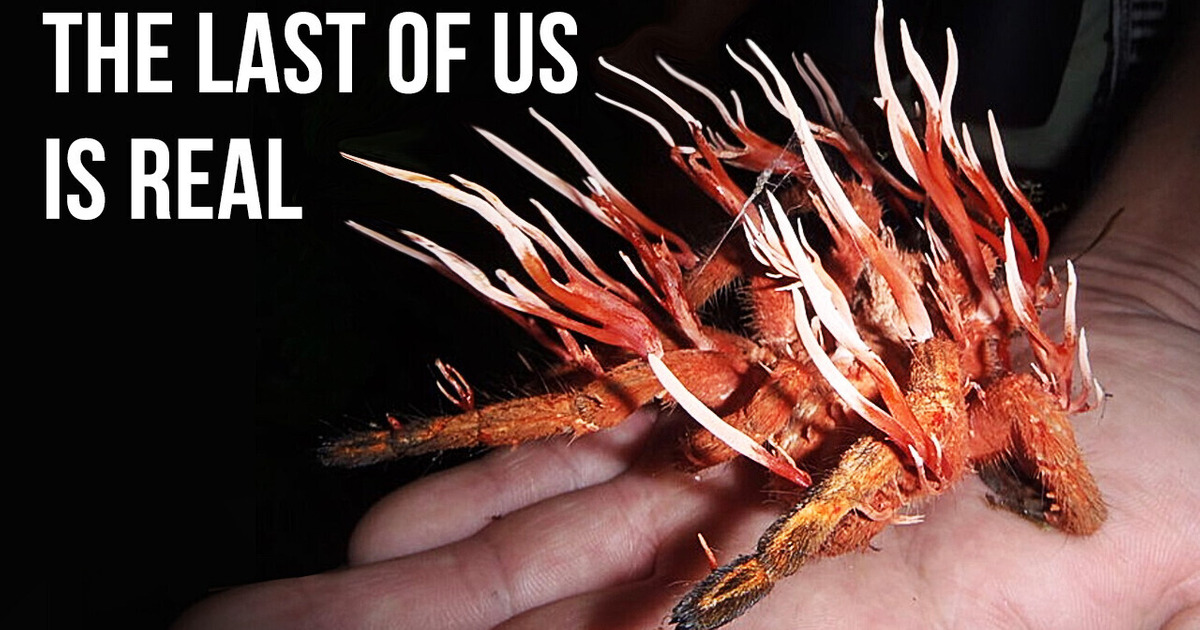
Fungi are everywhere. You may see mold on an old lemon in your fridge. It’s a fungus. You may notice fungi on your mattress and the tiles in your bathroom.
There may be several million species of fungi in the world, and most of them are unexplored. Of the fungus among us, some are pretty harmless, such as those that appear in the dark corner of your fridge. And others can turn a living creature into a zombie. And this is not some movie, but reality.
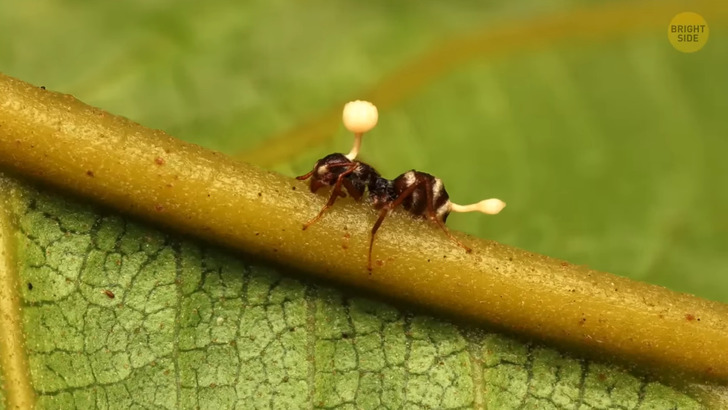
Let’s visit some rainforest to see how cordyceps fungus turns the life of some insects into a nightmare. A tiny, almost invisible fungus spore floats in the air and lands on the ant’s back. It doesn’t notice anything and works all day for the good of the colony. Meanwhile, the spore penetrates its body.
A couple of days later, the ant’s behavior gets strange. The poor thing shivers, it sleeps badly, and it doesn’t eat enough. Other ants see it as a threat, so they expel their brother from the anthill. But the infected ant doesn’t want to return because it can’t control its life anymore. The fungus multiplies inside it. It spreads throughout the body through the insect’s blood. It slowly captures the entire nervous system, begins to control the muscles, and affects the brain.
Cordyceps change the ant’s behavior and make it move in the direction it wants, against the ant’s will. At this point, the animal turns into a zombie. It wanders through the forest alone and is looking for some high place. It can be a blade of grass, a plant, or a bush. Next, the ant climbs to a height of 10 inches and tightly grabs the stem with its jaws.
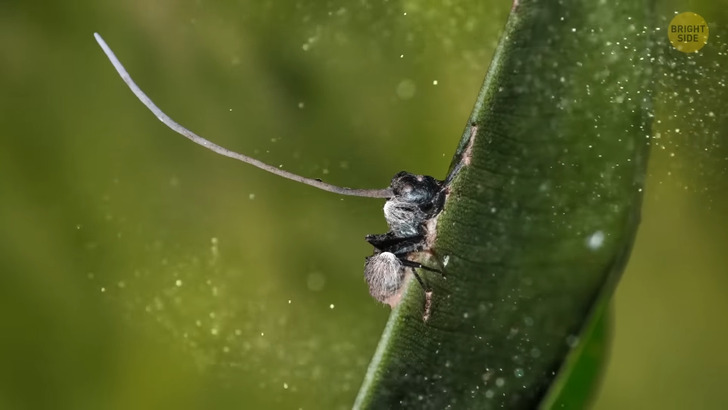
Nothing can remove it from there because the ant can’t relax its jaws anymore. The insect remains to wait there for several days. All this time, the fungus sorta feeds on the ant and grows slowly. It comes out of the ant from different sides, twists, and diverges in different directions. Then, the parasite grows, pulls up, and releases thousands of small spores into the air. They fly all over the forest, fall into the water, on leaves, animal fur, or in the hair of people walking in the woods. In almost all of these places, spores don’t live long. But some of them will find their host.
Some spores can get on the area with working ants. And when the fungus lands on some of them, everything will start again. Now imagine that this tiny monster evolves and starts attacking people. Scientists said this was impossible since the human body temperature is too high for fungi. But after all, the temperature of the whole planet is gradually rising, right? This means that the fungus will adapt to warming. And when it happens, tiny spores will penetrate the human body through the ears, nose, and mouth and get into the blood.
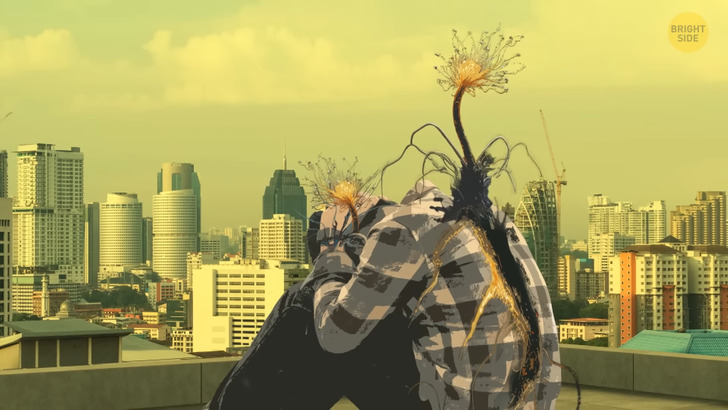
There it will begin its reproduction and capture of the nervous system. The person will have a fever and then experience hallucinations. Soon they will lose their sanity and want only one thing — to share the fungus with others. If the fungus can make an ant cling tightly to a leaf with its jaws, then it will be able to control people’s muscles and even increase their strength. But infected people won’t attack others. They will climb on the roofs of buildings or trees and fall asleep forever.
The fungus, meanwhile, germinates and releases its spores. The wind picks them up and spreads them all over the world. During the first weeks of infection, while people are still not prepared enough, fungi will spread rapidly and take over the planet. The remnants of the survivors who managed to avoid contact will hide underground and then build bunkers. First, gas masks will become more valuable than gold. Still, when people realize that humankind’s survival is more important than business, gas masks will become publicly available.
As terrible as it may sound, all this is good news. Because you don’t have to run away from the infected and fight with them. All cities will introduce quarantine zones. People will live inside buildings with powerful air ventilation systems and go outside only in gas masks. If people understand they are infected, they will calmly inform the police and leave the city. They will get food supplies, and their loved ones will get permission to be with them in gas masks until the infected fall asleep.
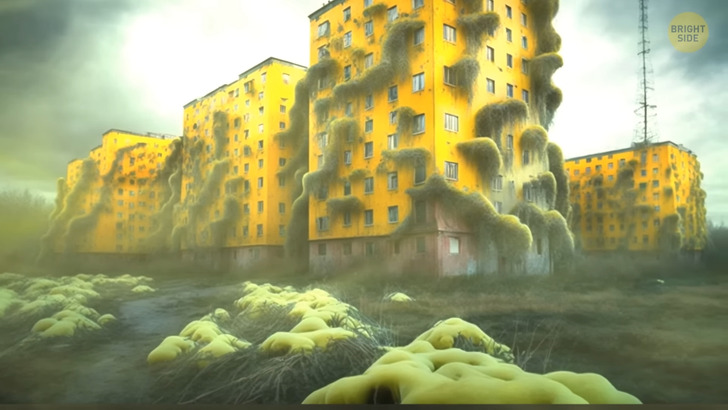
There will be fungi everywhere on the streets. You will see how colossal mushroom plantations grow on the roofs and walls of buildings. The air will resemble a misty haze because of the intense concentration of fungal spores. But it’s not dangerous if you have a gas mask. The zombie apocalypse will be pretty calm and quiet. But still, it will be difficult in the world, not because of the fungi, but because of other people.
Not all cities will be in order. Anarchy will reign in the world. Looters and robbers in gas masks will walk on the streets. Food will take a lot of work to get. Electricity in cities won’t run 24/7, but just a couple of hours per day. But all this time, there will be hope for a bright future in people’s hearts. Scientists will actively work on a vaccine and invent it sooner or later. But the fungus will also evolve. Perhaps it will defeat the vaccine, and then people will have to create a new cure.
Also, the fungus will try to switch to other carriers. These can be birds, livestock, and any mammals. Imagine an infected deer with a big growing fungus on its horns. Microorganisms will rule the world, and the population of large creatures will decrease. The fungus will adapt to the water for thousands of years and begin to infect the fish. And soon, the whole planet will turn into one giant mushroom.
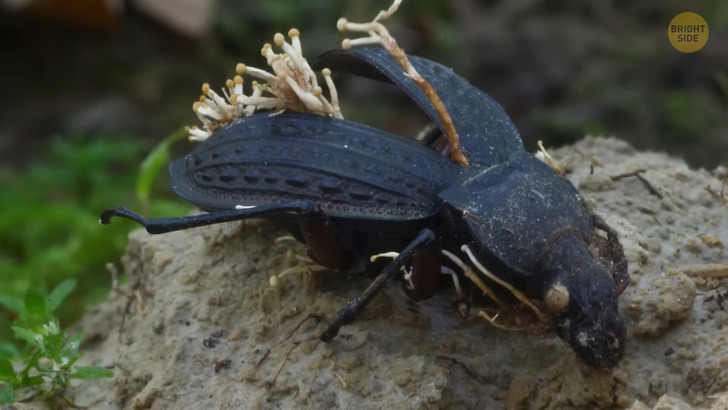
Okay, calm down. That’s not going to happen. And here’s why. Cordyceps have spent millions of years of evolution to adapt precisely to the cold body of an ant—no more, no less. The fungus’s internal abilities are designed only to infect certain insects living next to them.
For example, cordyceps from Thailand can’t infect an ant somewhere in Los Angeles. Therefore, don’t worry that it will suddenly become able to attack a human. There is no suddenness in evolution. It’s a long and challenging process. In addition, the fungus has no reason to switch to warm-blooded carriers. It feels fine in the environment of ants and has no problems with multiplying.
If ants disappear as a species and people start living next to the fungus, it will begin evolution. But it may take thousands or even millions of years of genetic changes. However, don’t relax. There’s a type of fungi that has met all the conditions to gain the ability to infect humans. It’s called Candida auris. It was discovered in Japan in 2009 and shocked scientists when they found it inside people.
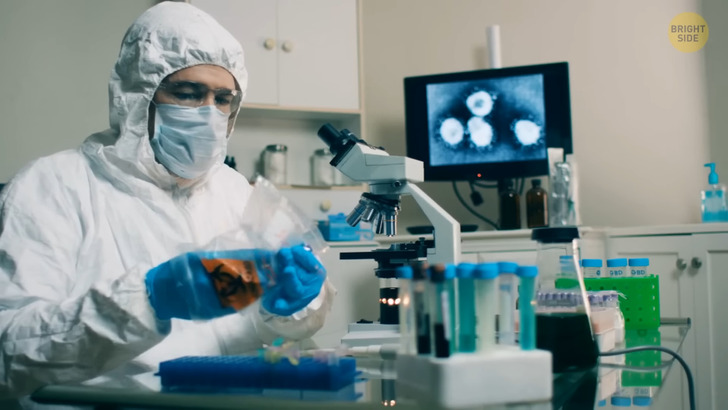
Biologists said the fungus could evolve because of rising temperatures in some areas. A few years later, the fungus was found in many countries around the world. Antifungal medications do little to help against it. Its symptoms are difficult to determine at the beginning. And the consequences of its infection can be severe, especially in people with poor immunity.
Scientists are concerned about this microorganism but are already making a vaccine. The medicine helped to defeat the fungus in mice, and soon doctors hope to release a vaccine for humans. Infection occurs through human fluids — blood, saliva, and sputum. Fungi are a separate kingdom on our planet. But not all of them are bad. They are necessary for our Earth to support life. They enrich the soil with valuable substances and digest harmful substances.
Fungi helped plants get out of the water and adapt to land millions of years ago. 90% of plants won’t survive today without fungi. They are organisms that look like huge nets. These networks of special tubes are called Mycelium. We see only the tip of the iceberg, which is called mushrooms. It doesn’t have one form. It can transform, move through underground labyrinths, and change routes. There’s a lot of information about it, but this is a topic for a separate video. Meanwhile, Mushrooms are delicious when sautéed over a low flame with onions and butter. Try it.











